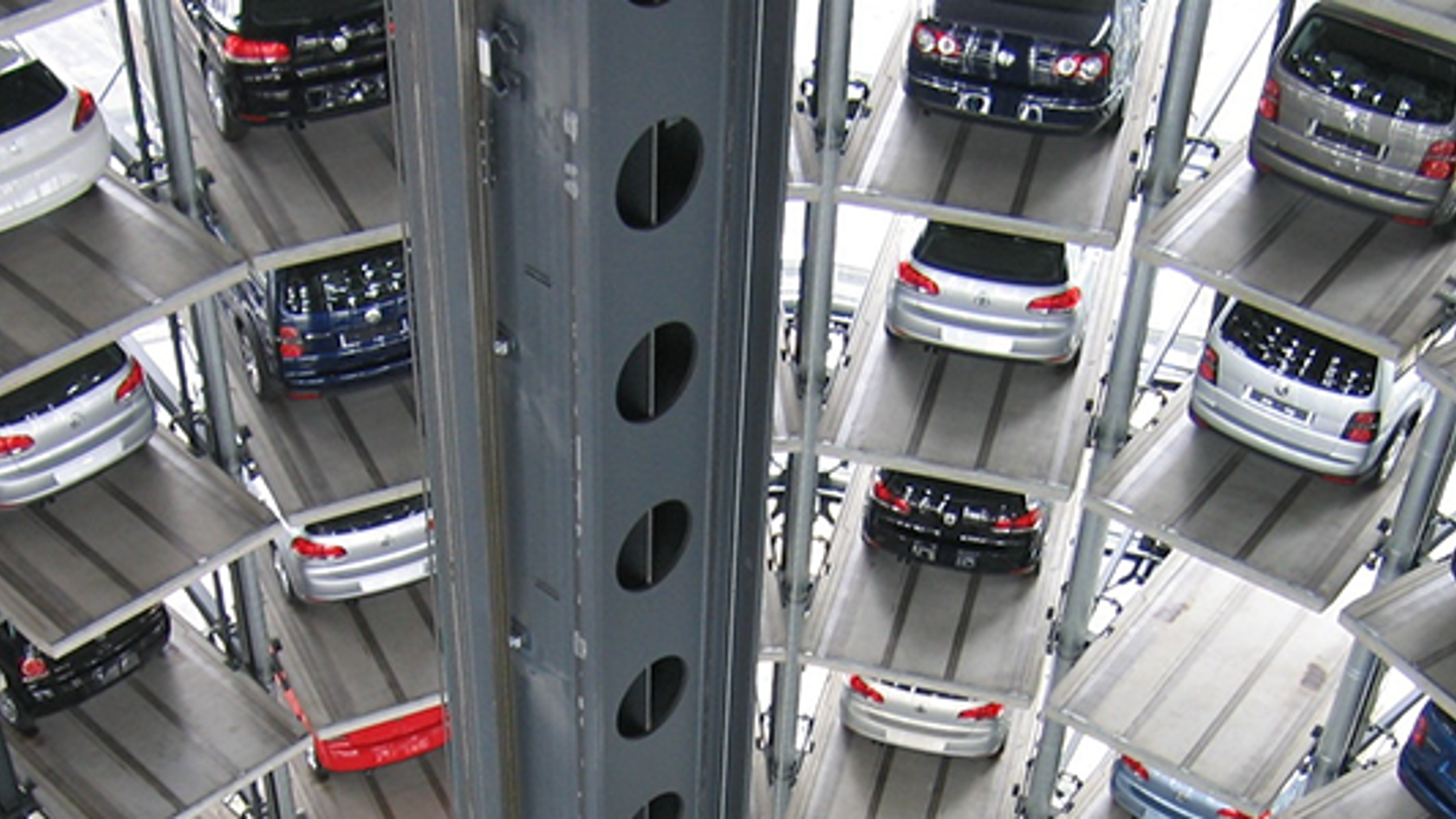This year worldwide EV sales have accelerated faster than originally anticipated leading to new predictions for the peak of global oil consumption.
Last month, UK-based business research and consultants Wood Mackenzie released a widely reported prediction about peak oil consumption. By assessing the increasing rate of electric vehicle adoption, alongside estimating the impact of further efficiencies within combustion engines, Wood Mackenzie believe that the global demand for oil will peak in 2030.
The rise of electric vehicles (EVs) has rapidly increased, primarily due to lower production costs led by advances in new technology. This has sparked growing interest amongst consumers, and prompted a number of countries to offer grants to encourage electric vehicle sales.
Earlier this year in our article on whether Jersey could adopt more electric trucks, vans and buses, we noted that at the end of 2015 there were over 1.2 million electric cars in the world. By June this year, the International Energy Agency (IEA) reported a significant increase by the end of 2016, with the worldwide total surpassing the 2 million mark. China, the US and Europe led the way with more than 90% of sales during that year.
Where next for electric vehicles?
Despite this increasing adoption of EVs, there are still technological and cultural hurdles to overcome before they become the dominant mode of road transport. The IEA report suggests, however, that there are real signs of change, with rapid developments over the past seven years lessening concerns over cost, battery capacity and charging infrastructure.
Last year's increase in electric car sales was certainly stimulated by lower prices for consumers, making new electric or hybrid vehicles more affordable for those looking to save on running costs and reduce their carbon impact. The IEA noted that 'since 2009 battery costs were cut by a factor four and battery energy density had a sixfold increase' with further improvements predicted.
This move towards cheaper batteries with larger capacities has proven decisive for the car industry, with several major manufacturers announcing their long-term visions for electrification this year.

Charging infrastructure
Regarding charging infrastructure, the IEA report highlights that, worldwide, electric cars still outnumber public charing points by six to one, leading to the conclusion that the majority of drivers must rely on private chargers. However, 2016 did see a greater number of new public charging points deployed, outstripping the rate of electric car production and suggesting new investment is helping to increase the number of places where drivers can park and charge. If this trend continues - particularly in urban areas such as Greater London, where this summer new investment was announced to add more charge points to public roads - a wider and faster charging infrastructure would certainly help to attract new EV drivers.
Where next for Jersey?
At JE, we have fully supported the adoption of electric vehicles in Jersey, and in recent years we've helped local businesses make the switch to super efficient, low emissions vehicles. While it will always be up to individual households and companies to decide whether electric is the right decision for them, the case is becoming more compelling by the day.
Today, transport is Jersey's biggest single contributor to greenhouse gas emissions. Will the latest global acceleration towards electric vehicles lead Jersey towards a cleaner, greener island before the peak in oil?






